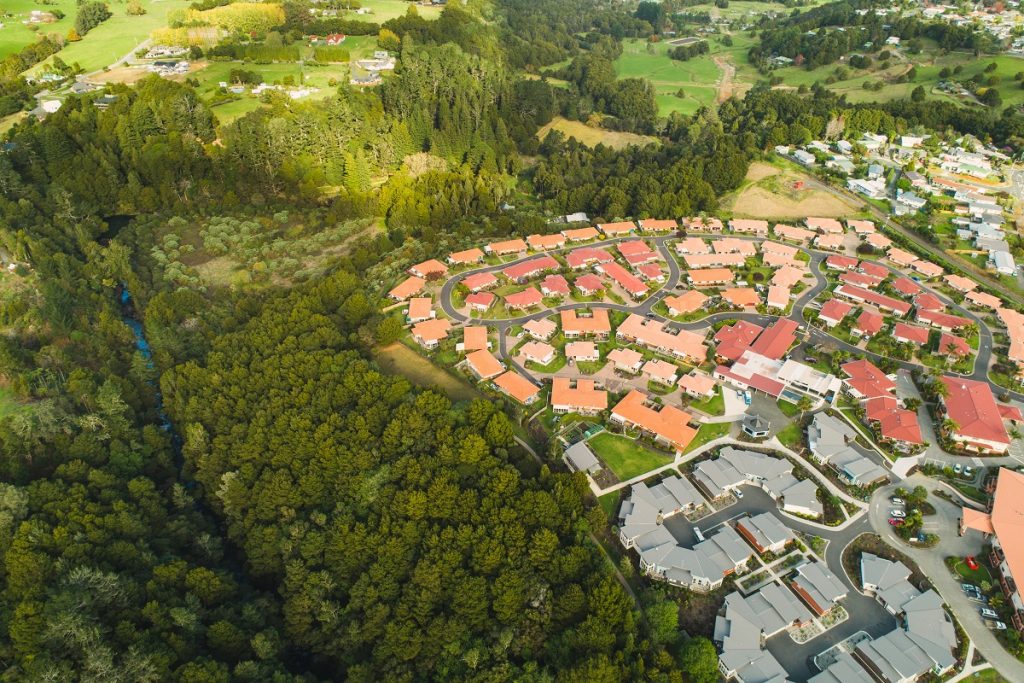While there doesn’t seem to be anything too major in the pipeline that would throw off the steadiness of the market, there are some important milestones to watch out for in the final few months of the year, says CoreLogic Senior Property Economist Kelvin Davidson

Starting off with the macroeconomic environment, the news remains supportive for the property market. GDP growth is set to stay above 2% annually, full-time employment is still rising, and the unemployment rate is very low. Net migration is still high too, which is another support for property demand. Consumer and business confidence remain a bit patchier, but don’t seem to be hampering the property market.
Lending conditions have, if anything, eased a bit in the past few months – most importantly, the banks have become less strict on their internal serviceability testing, while the cuts to the OCR have also had a downward influence on mortgage rates. At the Financial Stability Report announcement on 27th November there’s still a fair chance that the Reserve Bank (RBNZ) will loosen the LVR speed limits, potentially raising the owner-occupier limit from 20% to 25%, and lifting the investor limit from 5% to 10%. However, that is not set in stone yet, and hints that sales activity and investor interest may be rising again could give the RBNZ reasons to pause. Indeed, the CoreLogic Buyer Classification series shows that mortgaged multiple property owners (MPOs or investors) have bounced back in terms of their share of purchases over the past 2-3 months – in turn, smaller players (‘mums and dads’) have played a key role in this rebound. In terms of the causes, the scrapping of the capital gains tax proposals seems to have bolstered investors’ confidence, while the low and falling returns on other assets (e.g. term deposits) will have also played a role. At the same time, property rents and yields have begun to rise (albeit from a low base). Investors don’t have it all their own way, though – first home buyers still have a strong presence in many parts of the country.
In terms of property values, the national average now stands at more than $691,000, up by 2.4% from the same time a year ago. Amongst the main centres, Dunedin is still recording strong increases (12.8% in the year to September), but Auckland and Christchurch are softer, and Wellington City has also cooled off in the past few months. Values in regional markets are generally still rising steadily, although the pace of growth has peaked.
Since the June quarter, the Government has also reset the KiwiBuild programme and, although they’re still looking to build more houses, arguably the policy shift has been more towards helping people into houses. This could well boost demand more than supply. At least the private sector is ramping up supply activity, and new dwelling consents continue to rise – importantly, smaller dwellings (apartments, flats) are comprising a larger share of activity, which will be vital to house a growing population. Overall, it appears that market activity levels have found a floor and sales volumes should start to improve over the coming months and into 2020. The strength of the upturn, however, may be held back a little by a lack of listings around many parts of the country. Against that backdrop, property value growth across NZ as a whole is likely to stay slow and steady.
One key ‘unknown’ for 2020 and the following years is the RBNZ’s decision around banks needing to hold extra capital on their balance sheets. A final decision is due by early December, and it appears that the process to raise capital buffers would begin in April next year, phased over a number of years. The effect on mortgage availability and/or interest rates, however, is hard to predict. Some estimates are that mortgage rates could be pushed up by as much as 1%, which may not seem much, but many borrowers have only known falling rates – so a rise could take a bit to get used to, and may be a challenge for some households’ finances.



